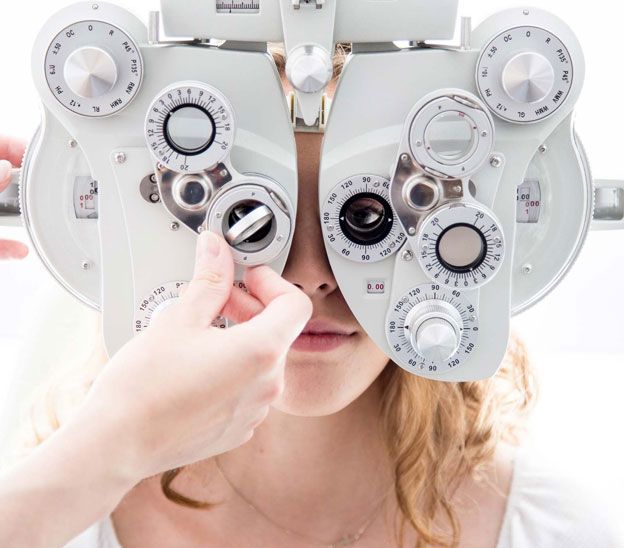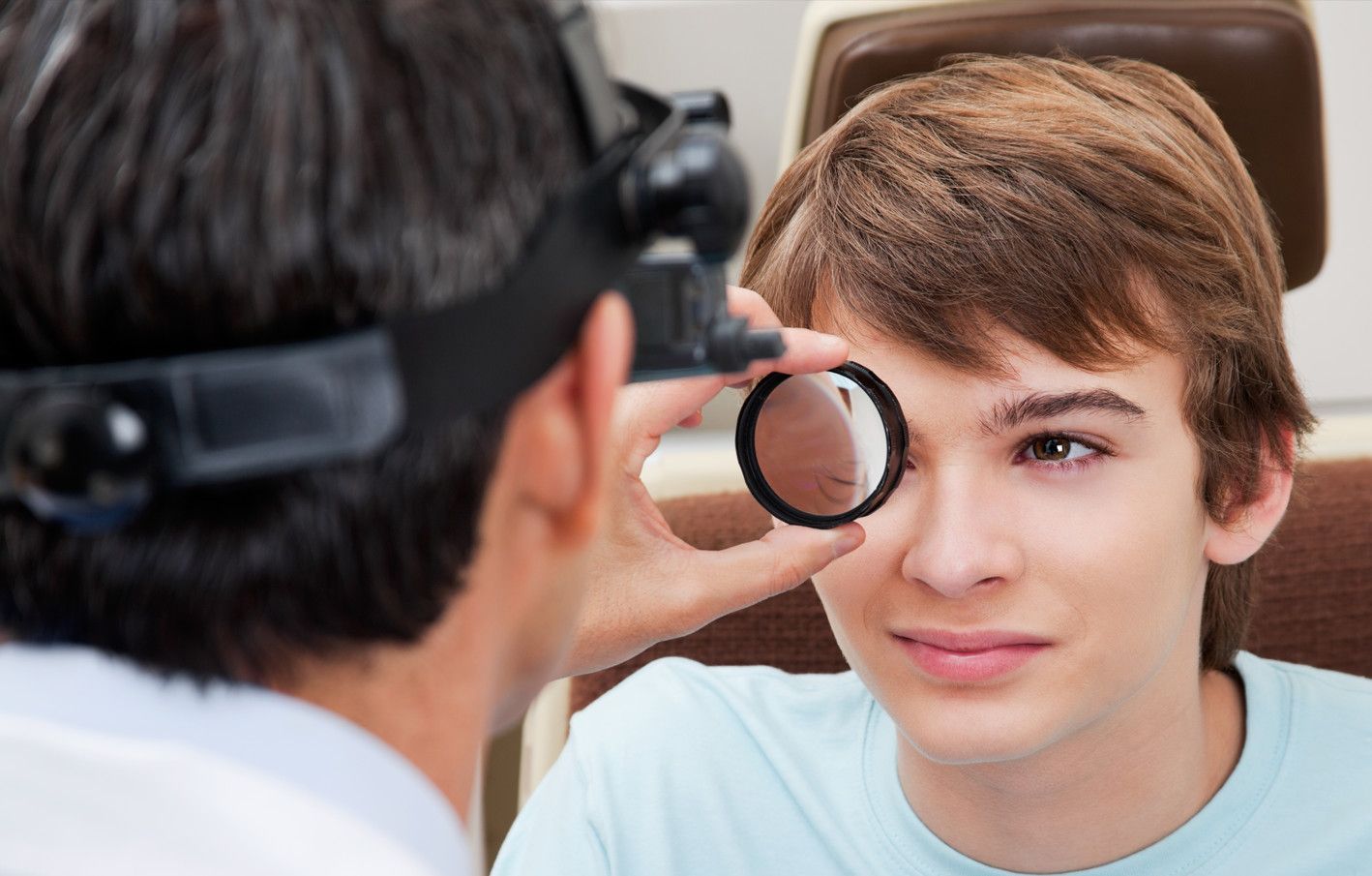

Treatment Options for Astigmatism
If you have been diagnosed with astigmatism, it can feel like a very daunting task to find any resources that can help you. Fortunately, the staff at South Gate Optometry have the knowledge and tools to help set you up with a treatment plan that works for you. However, we have found that the patients who have the most success with their treatment are those that can come into the office with some understanding of astigmatism so that they can play an active role in designing their treatment. That is why we want to give you the tools to help play a role in your own success.
Schedule An AppointmentWhat is Astigmatism
Astigmatism is a surprisingly common issue found in people across the globe. That basic issue is that astigmatism causes blurred vision. The blurred vision is generally caused by an irregularly shaped curve on the cornea or an irregular curve on the lens that is located inside of the eye. Issues with either of these parts of the eye cause light to focus either just in front or just behind of the retina.
The retina is the portion of your eye that is responsible for interpreting the image and sending it to the brain. However, if the image comes in distorted, the retina simply reports the information it has, and you end up having a vision that is blurry for objects far away, or objects that are closer to you.
Diagnosing Astigmatism
If you notice that you have blurry vision or difficulty seeing objects that do not appear to give other people issues, it is time to schedule an appointment with South Gate Optometry today. Astigmatism is frequently diagnosed in a comprehensive eye exam. There are three different tests that can identify and help our doctors diagnose astigmatism.
These are:
Visual Acuity – This test is when you read letters on a distance chart to establish your vision as 20/20 or some other variation. A person with 20/40 vision would have to be twice as close to an object to see it clearly as a person with normal vision (i.e., the patient would need to be 20’ away from an object that could normally be seen at 40’).
Keratometry or Topography – This is a special tool that is designed to measure the curvature of the cornea. This measurement can deduce the exact curve of the cornea and is also critical in identifying a prescription for contact lenses.
Refraction – This test utilizes a phoropter. The doctor will place a series of lenses in front of your eyes to measure how your eyes focus light. Based on your response, our staff can determine the exact prescription that is best for you.
Treating Astigmatism
There are a variety of options to help you treat astigmatism and regain clear vision.
Eyeglasses are commonly prescribed for patients with astigmatism. They allow light to be properly focused on the retina and allow you to see clearly. As patients age, they may require bifocal eyeglasses that allow them to see objects far away at one part of the lens, and objects that are closer in a different part of the lens.
Contact lenses are another approach that is used to help treat astigmatism. While standard lenses are often not a great fit for individuals with astigmatism, there are many options available that will fit patients who have astigmatism. Contact lenses allow for a wider field of view, but because they are placed directly on the eye, they must also be cleaned regularly.
Orthokeratology is another approach many patients use. Orthokeratology uses rigid gas permeable contact lenses that are worn at night to push the eye into the proper shape. When the contact lenses are removed, the eyes can stay in that shape throughout the day, allowing the patient to see clearly, even without having a prescription lens in their eye.
Overview
If you are considering your vision correction options and have been diagnosed with astigmatism, contact South Gate Optometry today to schedule your appointment.

















